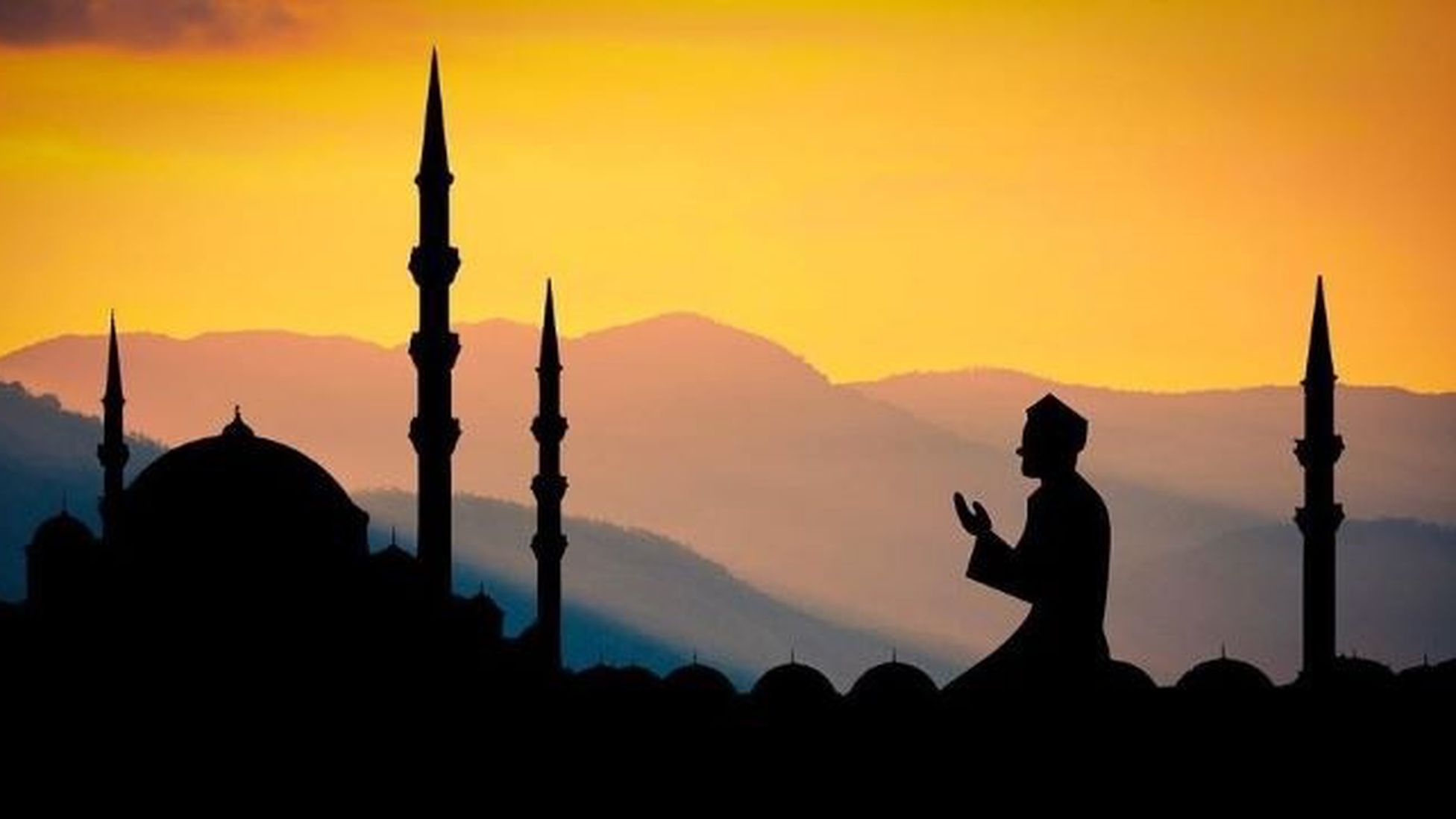
Boudhanath Stupa: Unveiling Rich Symbolism of Buddhist Enlightenment
The Boudhanath Stupa, a significant religious and cultural site in Nepal, is rich in symbolism, with various parts of the structure carrying deep spiritual meaning for practitioners of Buddhism. Here are some of the key symbolic elements of the Boudhanath Stupa:
Mandala Design:
The stupa's overall structure resembles a mandala, representing the universe in Buddhist symbolism. Its circular base symbolizes the world, while the square harmika (the upper platform) signifies the earth's four elements.
Eyes of the Buddha:
The eyes painted on the stupa's four sides represent wisdom and compassion. The all-seeing eyes are known as the "wisdom eyes" or the "eyes of Buddha," symbolizing the Buddha's constant watchfulness over the world.
Nose or Third Eye:
The space between the eyes features a nose or third eye, representing the unity of all things in the universe and symbolizing the gateway to enlightenment.
Spire (Gajur):
The pinnacle, or gajur, crowning the stupa symbolizes Nirvana, the ultimate goal of Buddhist practice—a state of enlightenment, liberation, and transcendence from suffering.
Prayer Flags:
Colorful prayer flags adorning the stupa carry mantras, prayers, and blessings written on them. These flags, when fluttering in the wind, are believed to spread positive energy and prayers to all beings.
Harmika and 13 Stages:
The thirteen steps leading to the harmika signify the thirteen stages on the path to enlightenment, known as the "Bodhisattva stages."
Toran or Gates:
The four torans, or gateways, facing the cardinal directions represent the four stages of enlightenment: the path of renunciation, the path of enlightenment, the path of meditation, and the path of nirvana.
Umbrella (Chattra):
The pinnacle of the stupa holds an umbrella, known as the chattra, symbolizing protection, spiritual authority, and the Buddha's teachings offering shade and shelter to all beings.
Prayer Wheels:
The many prayer wheels encircling the stupa contain scrolls inscribed with mantras and prayers. Spinning these wheels is believed to have the same effect as orally reciting the prayers, bestowing blessings and positive energy.
The Boudhanath Stupa's symbolism reflects the core principles of Buddhism, providing practitioners and visitors alike with a spiritual journey through its profound representations of enlightenment, compassion, and interconnectedness.
Dome Structure:
The dome, or the base of the Boudhanath Stupa, represents the cosmos or the world. It symbolizes the vastness of the universe and the foundation of the Buddhist teachings, emphasizing the importance of a strong and stable base for spiritual growth and enlightenment.












Comment / Rely From